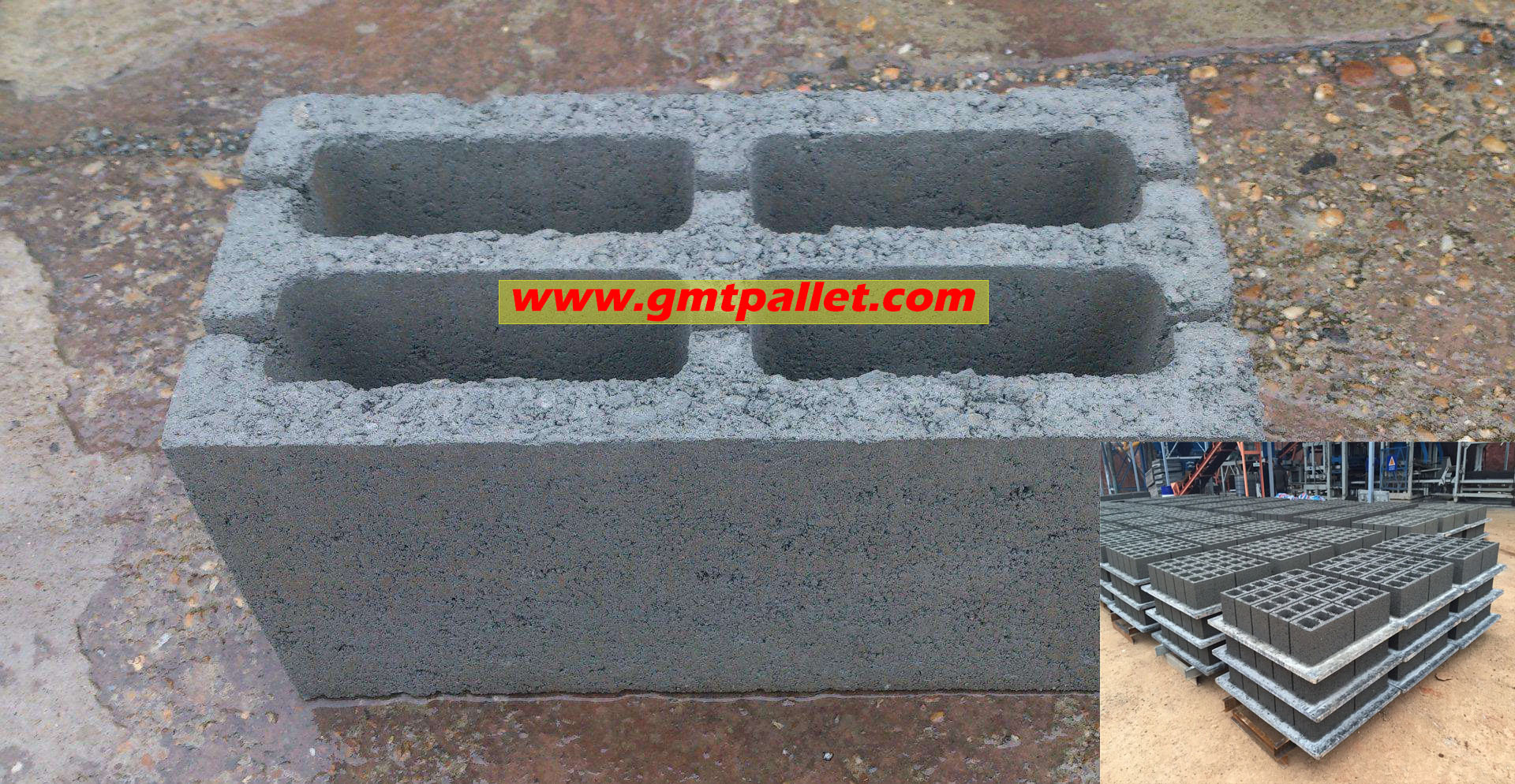Hollow block bricks need not be sintered. They can be cured naturally and steamed at room temperature. The finished product of the equipment meets the brick standard of building materials industry. It is an ideal equipment for comprehensive treatment and utilization of waste residue, eliminating environmental pollution and saving land resources.
Hollow block is also called hollow gas block brick or unburned brick.Raw materials are:
- Fly ash
- Coal cinder
- Gangue
- Tailing residue
- Chemical slag
- Concrete
- Natural sand
- Sea mud
One or more of the above materials are used as the main raw materials, and a new type of wall material which is not calcined at high temperature is called unburned brick.
Characteristic:
Because the material has high strength, good durability, complete shape and uniform color, it can be used as clean water wall or any external decoration.
The total area of hollow bricks accounts for the percentage of the total area of hollow bricks, which is called hollow bricks, and generally should be more than 15%
It can reduce the pressure on the ground because it is lighter. Can make the internal pressure equal to the external pressure, the building is not easy to crack!
The bottom of a non-load-bearing hollow brick wall shall be at least made of solid bricks.
Advantage:
- Hollow brick is lighter and will not cause wall cracking.
- Light weight, high strength, heat preservation, sound insulation and noise reduction performance is good.
- Environmental protection and pollution-free are ideal filling materials for frame structures.
- All the quality indexes of the brick conform to the national standard after inspection.
shortcoming:
- The seismic performance is poor.
Compared with solid bricks, hollow bricks can save a lot of soil and fuel for burning bricks, reduce transportation weight, reduce labor intensity in brick making and masonry, speed up construction progress, lighten the weight of buildings, increase the number of stories and reduce construction cost.

Leave a Reply